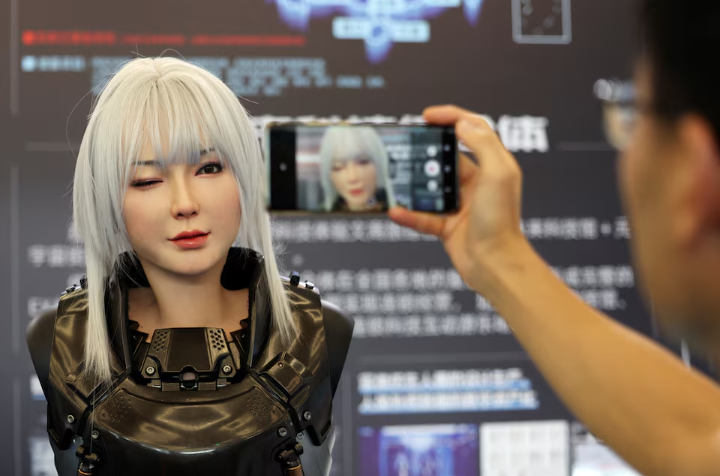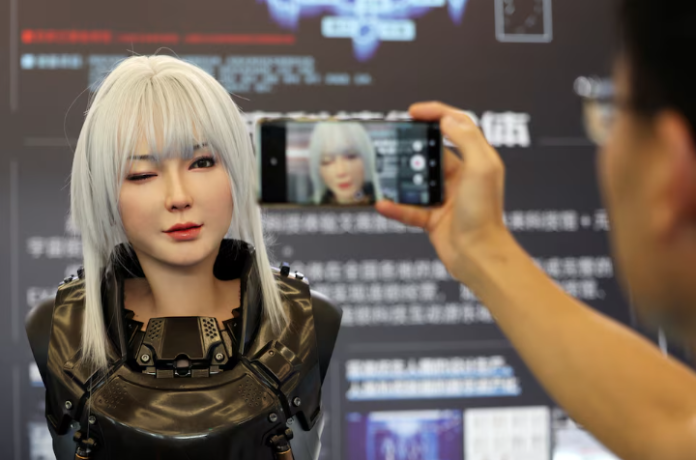Jensen Huang, CEO of Nvidia, predicts that humanoid robots will soon become a common sight in manufacturing, potentially within the next few years rather than the widely assumed five-year timeline. Speaking at Nvidia’s annual developer conference in San Jose, California, Huang emphasized how advancements in AI and robotics are accelerating the transition toward automation.
AI-Powered Robots: The Future of Manufacturing?
During his keynote address, Huang introduced a suite of new software tools designed to enhance how humanoid robots perceive and navigate the physical world. His speech, delivered in a packed hockey stadium, underscored the rapid evolution of AI and robotics, fueled by Nvidia’s cutting-edge technology.
Following the presentation, a journalist asked Huang what clear signs would indicate AI’s deep integration into daily life. His response? “When humanoid robots are literally wandering around… This isn’t a five-years-away problem. This is a few-years-away problem.”
Why Factories Will Be the First Adopters
Huang believes that manufacturing plants will be the first to widely implement humanoid robots due to the structured nature of their tasks. Factories provide a controlled environment with repetitive, well-defined operations—an ideal setting for robotic automation.
“I think it ought to go to factories first,” Huang explained. “The reason for that is because the domain is much more guard-railed, and the use case is much more specific.”
This shift could significantly impact labor dynamics, with robots taking over repetitive, physically demanding tasks while human workers focus on supervision, quality control, and more complex problem-solving.
The Economics of Humanoid Robotics
Beyond technological advancements, Huang highlighted the economic benefits of humanoid robots. He estimated that the cost of renting a humanoid robot would be around $100,000, a price that many companies may find attractive compared to long-term labor costs.

While some industries are still in the early stages of robotic integration, the manufacturing sector stands to gain immediate value. From assembly lines to logistics, AI-powered robots could enhance efficiency, reduce human labor costs, and improve workplace safety.
The Bigger Picture: AI’s Role in Shaping the Future
The rise of humanoid robots is part of a broader transformation driven by artificial intelligence. As Nvidia continues to push the boundaries of AI computing, it is clear that the future of automation is much closer than many anticipate.
Companies and industries worldwide must prepare for this shift, whether by adapting their business models, investing in AI-driven solutions, or rethinking workforce strategies.
The question is no longer if humanoid robots will become part of everyday operations—it’s when. And according to Huang, the answer is: sooner than you think.



